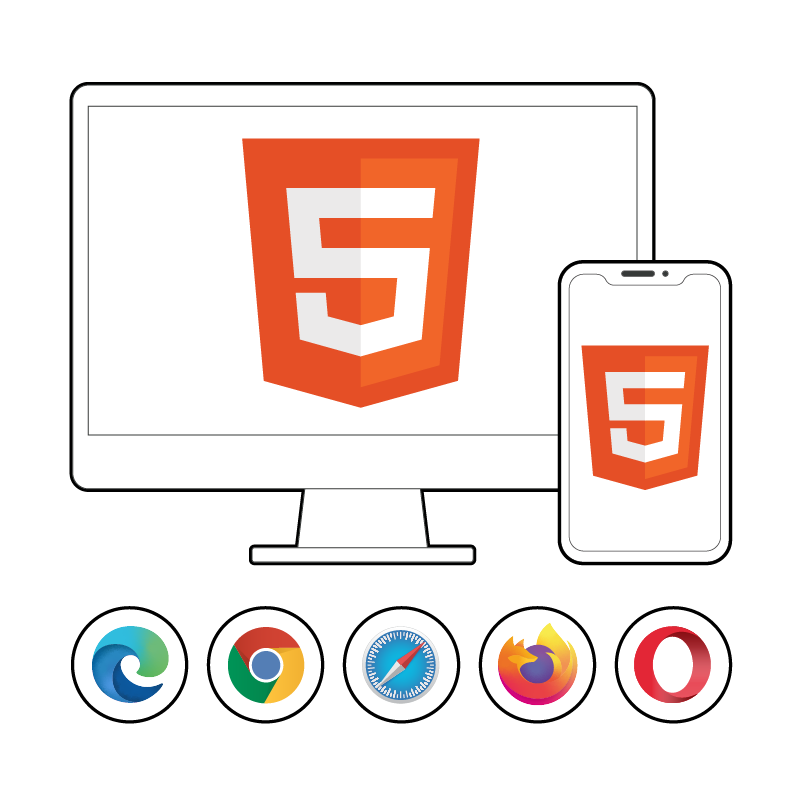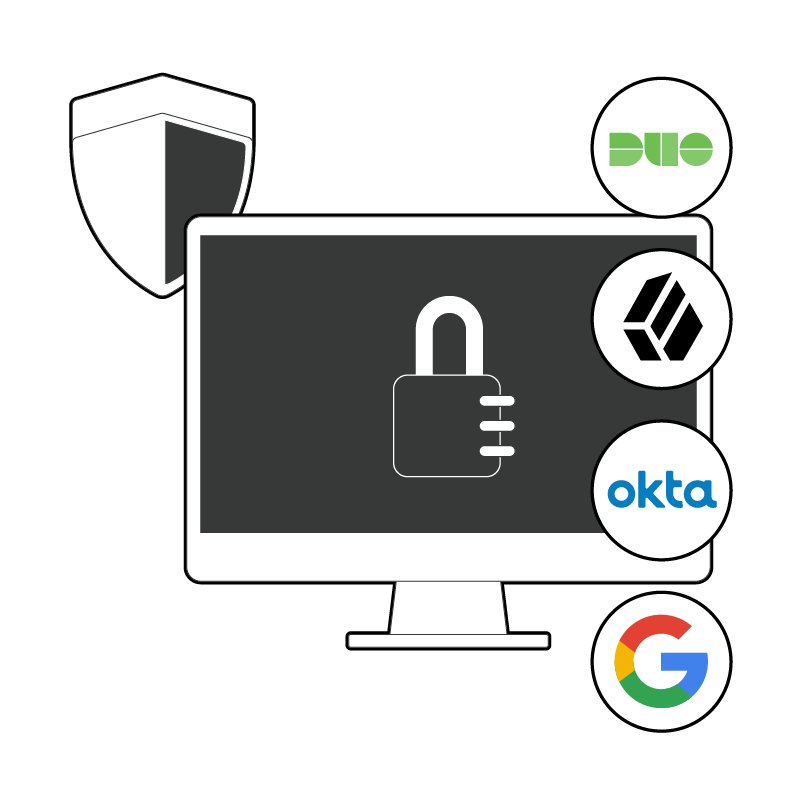Thinfinity® VirtualUI
Main features
Thinfinity® VirtualUI is a virtualization SDK that enables Windows-based desktop applications to function as dual-platform apps. It delivers cross-browser, cross-device web applications, which can be run on a Windows environment or be accessed remotely from any HTML5 web browser. Since launched in 2015, Thinfinity® VirtualUI has helped thousands of organizations embrace digital transformation by extending the life cycle of business-critical applications cost-effectively and reliably.

Any web browser
Use Thinfinity® VirtualUI on any HTML5 browser, including Firefox, Chrome, Safari, Edge, Opera or Internet Explorer, and support remote access from Windows, Mac Linux, iOS, Android and Chromebooks devices.
Web integration of Windows apps
Enabling Thinfinity® VirtualUI in your application’s project is as simple as adding one line of code to your source code.
You’ll be able to deliver your desktop applications to the web and access them from any computer or mobile device without losing control of your project, supports all programming languages including .NET, DELPHI, C#, C++, VFP, VB6, and MS Access Databases.


Zero client set up
100% Web-based experience, Thinfinity VirtualUI does not require any plugins, add-ons or additional installations on the client side.
Web integration framework
The new Javascript Remote Objects (JsRO) frame offers developers a full integration of their current Windows-based apps into any web application.
Publish data models defined programmatically from the original application that expose properties, methods, and events, easing the dialog between the Windows-based application and the web application.


Multiple end-user authentication options
Integrate your project with the most popular existent identity platforms like Google, Facebook, or Azure Active Directory and select how end-users access your applications.
Windows Logon, OAuth/2, RADIUS, SAML, or your custom authentication methods can be easily implemented.
Add an extra layer of security to your project and Implement a variety of different factors for authentication that go across usability and assurance levels.
Thinfinity VirtualUI is compatible with the most popular and reliable vendors on the market, including Google, Okta, and DUO.

Drag & drop
Thinfinity® VirtualUI supports drag and drop file uploads from the remote device to the application.
Provide a rich and reliable UX on any device keeping your desktop application current functionalities. You won’t have to re-educate your users on a new interface.

Remote printing
The end user can easily route printing jobs from the WTS/RDS Server to a local printer.

Windows active directory
Active Directory (AD) is included in most Windows Server operating systems as a set of processes and services. You can use it to authenticate your users into existent networks.

Load balancing
Thinfinity® VirtualUI architecture provides components that allow distributing the workload across multiple Windows sessions and servers, providing easy scalability and adapting to every scenario.

Registry virtualization
Registry virtualization allows developers to store user information in the Windows registry securely. Registry entries can be redirected to shared or private entries, also based on the application’s authentication system.

File system virtualization
Create a secure environment by giving access permissions to specified application folders and providing private folders based on the application´s authentication system.

64 Bit Windows editions
Thinfinity® VirtualUI can be deployed in all 64 bit editions, from Windows 8.1 to Windows Server 2022. It supports on-premises, public and hybrid clouds such as Google cloud computing, AWS, and Microsoft Azure.
New Features - Version 3.0
Licensing Server (High Availability)
Pool all your licenses on a single server and create VMs on-demand, worldwide deployments and avoid single points of failure by having redundancy or failover components on each layer of the architecture. These new architecture possibilities are optimized for cloud and enterprise deployment.
Support for 3rd Party Applications
Now you can keep all your integrations with 3rd party applications like the Office suite, SAP, and More. There is no need to have access to the source code of the application. Thinfinity VirtualUI will allow you to stream and edit any content on an HTML5 browser.
BUILT-IN 2FA AND MFA (HOTP/TOTP)
Authenticate your users with Google Authenticator or Microsoft Authenticator.
Thinfinity VirtualUI 3.0 comes with a Built-in TOTP/HOTP server that allows your users to validate their identity online and offline.
Profile Automation API
Use our New profiles API to automate all the settings available on the Thinfinity VirtualUI manager. Create automatic deployments, add users programmatically, authentication methods, and more.




